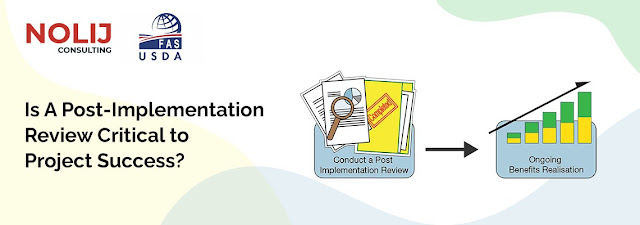How Does Quality Assurance Work with Software Testing?
Quality Assurance is a process that helps software engineers to develop the product with quality. This process is generally done by manual testing and comparison to known standards.
The quality Assurance phase of the software development phase is where developers test their applications and check for errors and discrepancies. This includes checking various programming practices such as code coverage, unit testing, API testing, manual testing etc.
Quality Assurance also
ensures that the product meets customer requirements such as security
requirements, performance level etc. Quality assurance in software development
often ends up being a dual responsibility between developers and QA managers
who help ensure the quality of the product during its entire lifecycle.
QA requires having good
documentation, measurement tools, testing environments and individual skill
sets. Quality assurance is an important part of the software development life
cycle. The software needs to be tested comprehensively before it can be
released to the public.
QA testing in healthcare IT
services
Healthcare IT should be
tested to ensure they are going to provide the best experience for their users.
This is why QA testing in healthcare IT services is important.
Although healthcare IT services have
been created with the best intentions, mistakes happen and such a big
responsibility cannot be left on the shoulders of the developers alone. To
ensure that this does not happen, QA testing has been developed and implemented
to test every single release from a software company.
QA tests are not just limited
to software companies as they are now considered an important part of any
process that undergoes multiple changes.
Quality
Assurance in Software Testing
The quality assurance in
software testing is to ensure that the product is meeting the customer’s needs
and expectations. This is done by reviewing the product every step of the way.
The product may undergo a dozen or more revisions before it reaches its final
state.
The quality assurance role
also includes checking for bugs, ensuring that all necessary documentation and
testing procedures are followed, and making sure that other work on the project
has happened promptly.
Quality assurance (QA) has always been a part of software development. It ensures that the product is reliable, safe, and functional by testing it before its release into the market.
QA engineers play a vital role in maintaining quality standards for clients through testing and providing feedback to improve software features. They also ensure that all aspects of code are functioning properly by providing thorough documentation and reporting procedures.
Quality
Assurance Tools for Software Test Automation
A quality assurance tool is
an automated tool that helps in checking and finding defects in a software
product. It can also be used to check for bugs and defects before they happen
by running tests on both code and data. These tools allow saving time, money, energy,
and resources required in testing.
Quality assurance tools are
also known as defect detection systems or test case management systems. They
help the testers to find out what went wrong with a product once it is
released, which helps in fixing the issue before it turns into a problem for
users of the product.
The cost of quality assurance
tools is steadily decreasing, as they are now available on both cloud-based and
on-premise platforms. Yet, there are still several challenges that need to be
overcome with this latest technology.
Quality Assurance Tools for Software
Test Automation focus on automating manual test activities and providing error
detection, which can improve quality by reducing the scope of testing efforts.
Some examples include automated functional tests that verify whether a product
or feature meets its requirements as well as finding errors within a specific
code segment.




Comments
Post a Comment